Space Weather Alert: X Class Solar Flares 13.5.2013 - SpaceWeather.com
UPDATE:3 SEPARATE X-class Flares/CME's AR1748
14.5.2013
All of these flares have produced strong flashes of extreme ultraviolet radiation. Here is the view of the latest eruption, which registered X3.2 on the Richter Scale of Solar Flares, from NASA's Solar Dynamics Observatory:
Solar Region AR1748 is Active - Flare Forecast:
CME Predicted for 17.5.2013
POSSIBLE CME IMPACT ON MAY 17: A coronal mass ejection (CME) hurled into space by the X1-flare of May 15th might deliver a glancing blow to Earth's magnetic field on May 17th. NOAA forecasters estimate a 40% chance of polar geomagnetic storms when the cloud arrives. High-latitude sky watchers should be alert for auroras
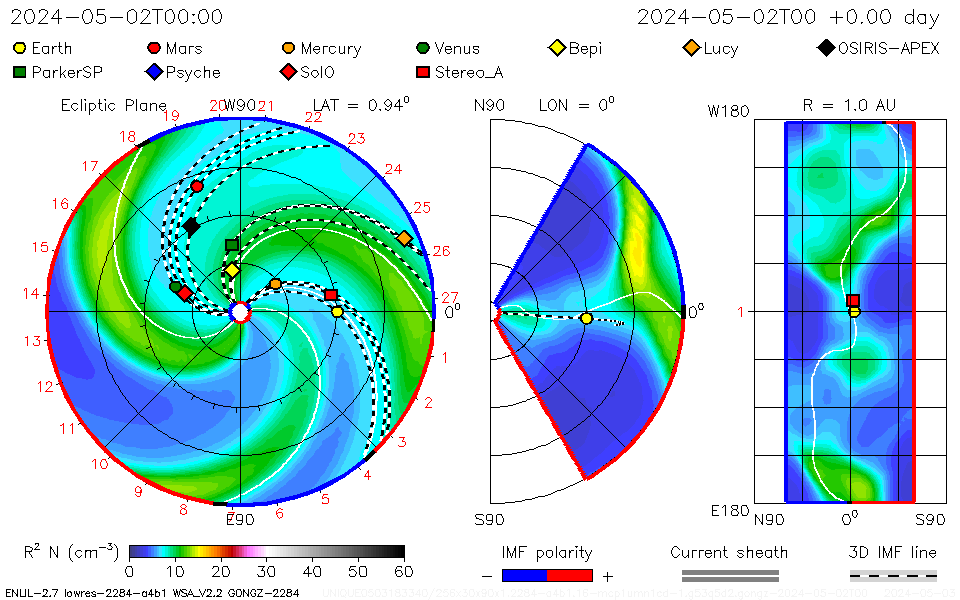 http://iswa.gsfc.nasa.gov
http://iswa.gsfc.nasa.gov
CHANCE OF FLARES:
NOAA forecasters estimate a 60% chance of X-class
solar flares and an 80% chance of M-class solar
flares today. The source would be active sunspot
AR1748, which is turning toward Earth.
Solar flare alerts:
text,
voice. POSSIBLE CME IMPACT ON MAY 17: A coronal mass ejection (CME) hurled into space by the X1-flare of May 15th might deliver a glancing blow to Earth's magnetic field on May 17th. NOAA forecasters estimate a 40% chance of polar geomagnetic storms when the cloud arrives. High-latitude sky watchers should be alert for auroras
Predicted Model:
ANOTHER X-FLARE ON
MAY 15: When the week began, the
sun hadn't unleashed an X-flare all year long. In
only two days, sunspot AR1748 has produced four.
The latest X-flare from this active sunspot occured
on May 15th at 0152 UT. NASA's Solar Dynamics Observatory
captured the extreme ultraviolet flash:
Although the sunspot is not directly
facing Earth, this flare might have produced a CME
with an Earth-directed component. We are waiting
for coronagraph data from SOHO and the twin STEREO
probes to check this possibility. Stay tuned for
updates.
14.5.2013
SOLAR ACTIVITY SURGES:
A sunspot on the sun's eastern limb is crackling
with powerful X-class solar flares. Just-numbered
AR1748 announced itself during the early hours of
May 13th with an X1.7-class eruption
(0217 UT), quickly followed by an X2.8-class
flare (1609 UT) and an X3.2-class
flare (0117 UT on May 14). These are the strongest
flares of the year so far, and they signal a significant
increase in solar activity. NOAA forecasters estimate
a 40% chance of more X-flares during the next 24
hours. Solar flare
alerts: text,
voice.
All of these flares have produced strong flashes of extreme ultraviolet radiation. Here is the view of the latest eruption, which registered X3.2 on the Richter Scale of Solar Flares, from NASA's Solar Dynamics Observatory:
The explosions have also hurled coronal
mass ejections (CMEs) into space. Coronagraphs onboard
the Solar and Heliospheric Observatory are tracking
the clouds: movie.
The planet in the CME movie is Mercury. Although
the CMEs appear to hit Mercury, they do not. In
fact, no planets were in the line of fire.
However,
the CMEs appear to be on course to hit NASA's Epoxi and Spitzer spacecraft on May 15-16.
When the action began on May 13th,
the instigating sunspot (just numbered "AR1748")
was hidden behind the sun's eastern limb, but now
solar rotation is bringing the active region into
view. The Solar and Heliospheric Observatory captured
this first look just hours ago:
The next 24 to 48 hours should reveal
much about the sunspot, including its size, magnetic
complexity, and potential for future flares. For
the moment, there is no reason to expect the explosions
to stop. Stay tuned for updates. Solar
flare alerts: text,
voice.
Published on May 12, 2013
BREAKING NEWS -- X FLARE -- 13 May 2013
(BEST SEEN, FULL SCREEN!) http://www.youtube.com/watch?v=MGpcijGAqEs |
SUNSET PLANETS: Venus, Jupiter and Mercury are gathering in the western sky for a beautiful sunset conjunction at the end of May. Get ready for a fantastic show. [full story] [video] [photo gallery]
STRONGEST FLARE OF THE YEAR: A sunspot hiding behind the sun's northeastern limb erupted on May 13th at 02:17 UT, producing the strongest solar flare of the year so far. NASA's Solar Dynamics Observatory recorded the extreme UV flash from the X1.7-class eruption:
Coronagraphs onboard the Solar and Heliospheric Observatory (SOHO) tracked a bright CME emerging from the blast site: movie. No planets were in the line of fire. However, the CME appears to be on course to hit NASA's Epoxi and Spitzer spacecraft on May 15th.
The sunspot that produced this blast is on the farside of the sun. Soon, in a few days, it will turn toward Earth, emerging into view over the sun's eastern limb. Stay tuned for a better
view and, perhaps, more flares. Solar flare alerts: text, voice.
FANTASTIC SUNRISE: The sunrise over Australia on Friday, May 10th, was a little ... unusual. Tony O'Brien photographed what happened from a spot south of the town of Newman:
It was an annular solar eclipse. At the moment of O'Brien's snapshot, more than 95% of the sun's diameter was covered by the Moon.
"I traveled a full day to see the eclipse, and it was worth the trip," he says. "What a fantastic event!"
In an annular eclipse the Moon is not quite big enough to cover the entire solar disk. A blinding ring of solar fire juts out around the Moon, overwhelming the sun's delicate corona. It may not be the same as totality, but annularity has a charm and beauty all its own. Browse the gallery for more images from the eclipse zone.
MERCURY EMERGES: For the past few days, Mercury has been passing almost directly behind the sun; now it is emerging from the glare. The Solar and Heliospheric Observatory (SOHO) caught the first planet popping out from behind the opaque disk of the spacecraft's coronagraph on May 12th:
Fleet Mercury is now racing into the evening sky where it will join Venus and Jupiter for a beautiful sunset conjunction later this month. A video from NASA previews the gathering. Until then, the best place to keep track of Mercury is here.
On May 13, 2013 there were 1397 potentially hazardous asteroids.
Recent & Upcoming Earth-asteroid encounters:
  
Knowledge Partnership Education
Madtown Preppers Alerts are for informational use only. These
alerts purpose is to inform you of news events in order for you to
adjust your family preparedness programs. We believe that knowledge is
power and in order for you to make informed decisions, we try and bring
you verified information, not to increase fear but to inform you. We
do not endorse any of the sources we link to in any article.
|
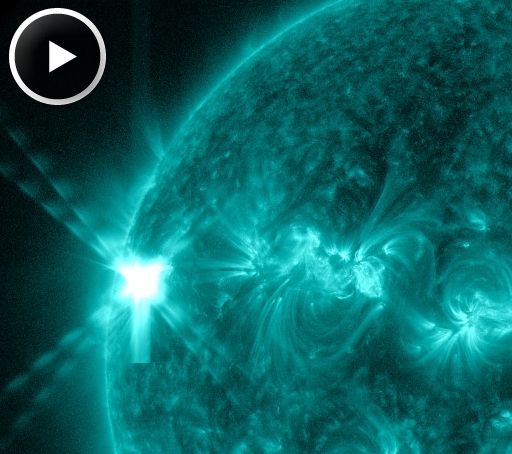
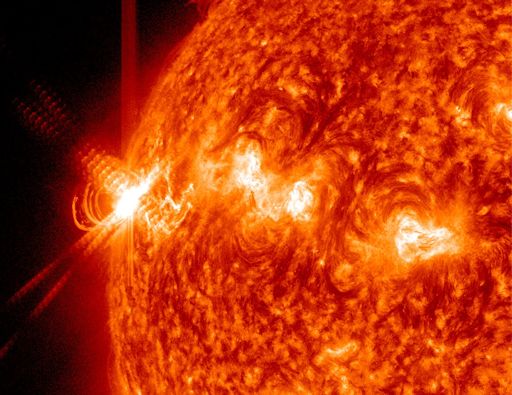
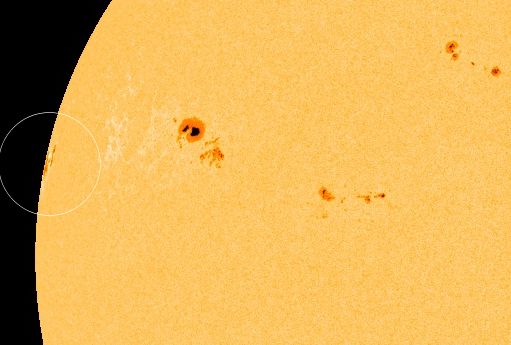

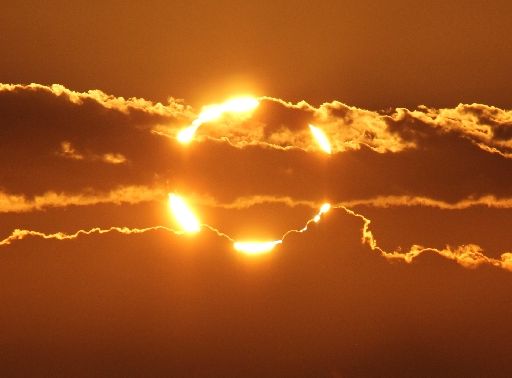
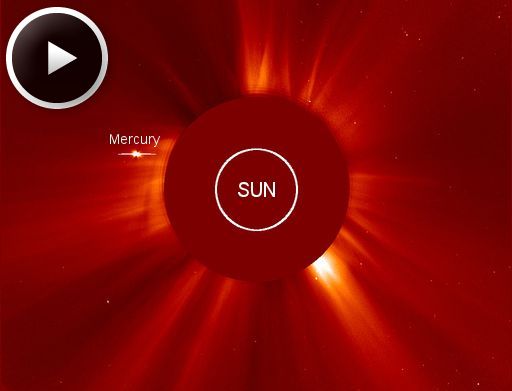

No comments:
Post a Comment